In China, there is an old saying: "There are seven things to take care of in the household: firewood, rice, oil, salt, soy sauce, vinegar, and tea." This saying shows that tea is indispensable in the lives of the Chinese people. However, people only know that drinking tea is enjoyable and beneficial to health, but they do not know that there is also a knowledge to drinking tea, such as the importance of drinking different types of tea in different seasons. Traditional Chinese medicine advocates: drinking flower tea in spring, green tea in summer, oolong tea in autumn, and black tea in winter.
Drinking Flower Tea in Spring
In most parts of China, there is a monsoon climate, with spring being warm, summer being hot, autumn being cool, and winter being cold. In the days of spring, the spring breeze brings revival and vitality to all things, but people generally feel tired and weak, showing symptoms of "spring sleepiness." Drinking flower tea can alleviate the negative effects of spring sleepiness. Flower tea has a cool and fragrant quality that can help dispel the coldness accumulated in the body during winter and promote the emergence of yang energy, making people refreshed and clear-minded, thus eliminating "spring sleepiness."
Flower tea is a precious type of tea that combines the beauty of tea flavor and the fragrance of flowers. "Flowers enhance the aroma of tea," it utilizes the characteristics of tea leaves to absorb flavors and the characteristics of fresh flowers to release fragrances. Jasmine tea is the most famous flower tea. This is because jasmine flowers have a gentle aroma that blends well with the tea, producing a rich and pleasant taste. When brewing high-quality flower tea, it is recommended to use a transparent glass cover cup. Take 3 grams of flower tea and put it in the cup. When the water has cooled down to about 90℃, pour it into the cup and immediately cover it to prevent the loss of fragrance. After two or three minutes, it can be enjoyed, and the fragrance will be refreshing and delightful.
Drinking Green Tea in Summer
In the hot summer, the scorching sun causes people to sweat profusely and drain their energy. To combat this, it is recommended to drink green tea. Green tea is an unfermented tea and has a cooling nature. "Coolness can clear heat," making it the best choice to dispel heat, quench thirst, aid digestion, and heal mild gastric ulcers. It is also rich in nutrients and has medicinal values such as reducing blood lipids and preventing arteriosclerosis. The water brewed from green tea is clear and refreshing, with a pleasant aroma. Drinking it in summer can help cool down, relieve heat, and improve physical strength. Famous types of green tea include Longjing from Shifeng in Hangzhou, which has a green and clear soup color and a pleasant fragrance, and Biluochun from Taihu in Jiangsu, which has a green and tender appearance and a strong aroma. When brewing green tea, use water at around 90℃. For high-quality and delicate teas, which have low boiling point fragrances, use water at around 80℃. Do not cover the cup when brewing to prevent the tea soup from becoming stuffy and affecting the freshness of the tea.
Drinking Oolong Tea in Autumn
In autumn, the sky is high and clear, the golden wind rustles, flowers and trees wither, and the climate becomes dry, causing dry mouth and cracked lips, a condition known as "autumn dryness" in traditional Chinese medicine. It is recommended to drink oolong tea during this time. Oolong tea, also known as black dragon tea, is a semi-fermented tea that falls between green and black tea. It has a brownish color, and when brewed, the leaves appear green in the middle and red on the edges, giving it the name "green leaves with red edges." It combines the fragrance of green tea and the mellow taste of black tea. It is neither cold nor hot, but warm and moderate, providing moisturizing, relieving dryness, quenching thirst, and removing accumulated heat from the body, helping the body adapt to changes in the natural environment. Famous oolong teas include Wuyi Rock Tea from northern Fujian, Anxi Tie Guan Yin from southern Fujian, and Baozhong Tea from Taiwan. Oolong tea is usually brewed in a concentrated manner, emphasizing the taste and aroma. It should be brewed with boiling water at 100℃. After brewing, pour the tea from the teapot into the teacup, and the fragrance will be rich, leaving a lingering aroma.
Drinking Black Tea in Winter
In winter, the weather is cold, everything is dormant, and the invasion of cold pathogens weakens the body's physiological functions and yang energy. Traditional Chinese medicine believes that "in the cold winter, all things are hidden, and the body's physiological activities are suppressed. The key to health preservation lies in staying warm." Therefore, it is recommended to drink black tea in winter. Black tea has a sweet and warm nature, which can nourish the body's yang energy. It contains abundant proteins and sugars, which generate heat and warm the abdomen, enhance the body's resistance to cold, aid digestion, and reduce greasiness. During the processing of black tea, the tea tannins are fully oxidized, resulting in the oxidation of tea polyphenols, tea red pigments, and tea brown pigments. These pigments partially dissolve in water, forming a red tea soup when brewed. Famous traditional black teas include Lake Red, Yixing Red, Ning Red, Min Red, Taiwan Red, and Qimen Red from Qimen County in Anhui. When brewing black tea, it is best to use freshly boiled water and cover the cup to prevent the release of aroma. In Britain, it is common to drink afternoon tea, which is a blend of Qimen Red and Indian black tea, with the addition of milk and sugar. In some parts of China, it is also customary to add sugar, milk, or sesame to black tea, which not only warms the body but also adds nutrition, promoting good health and well-being.




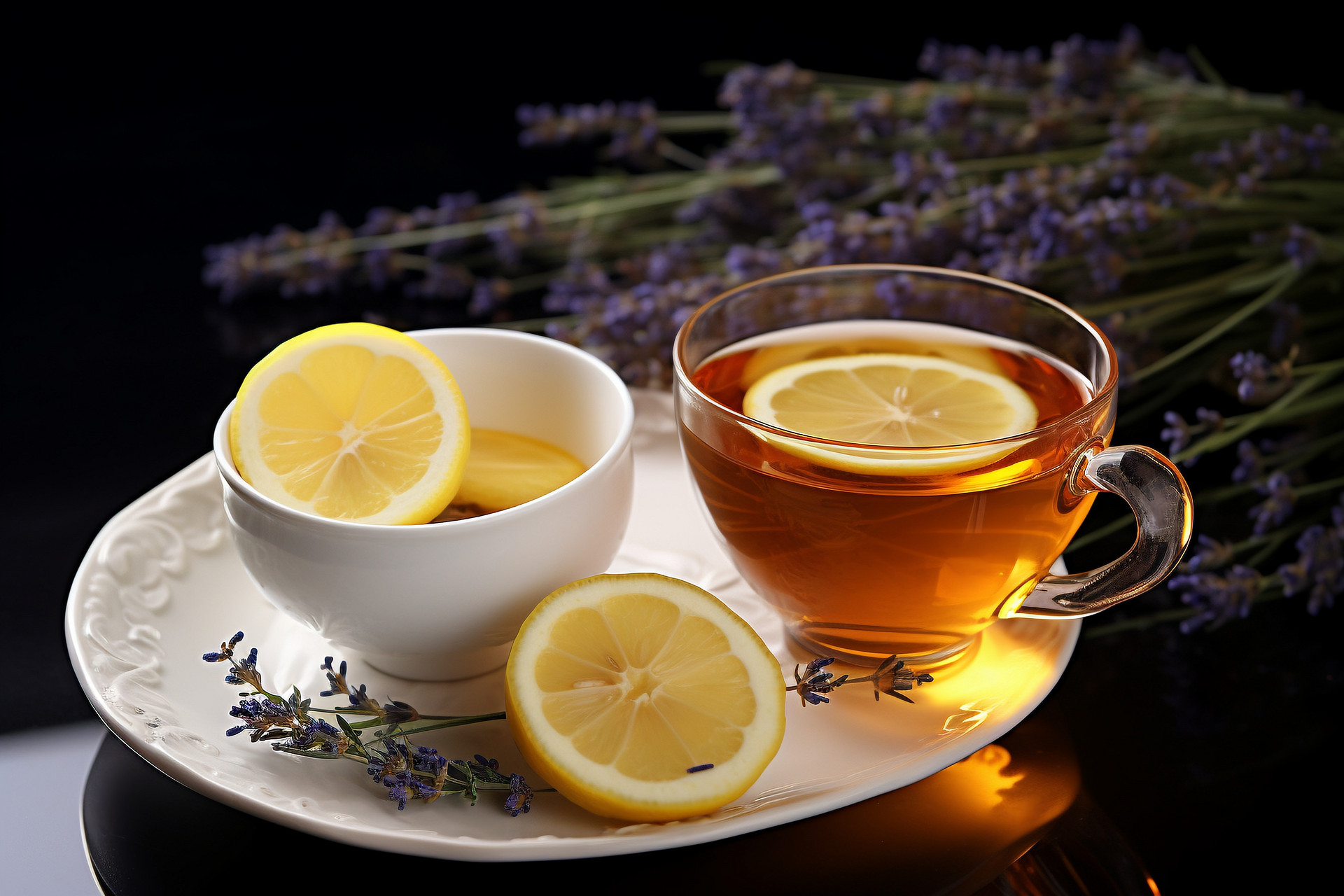
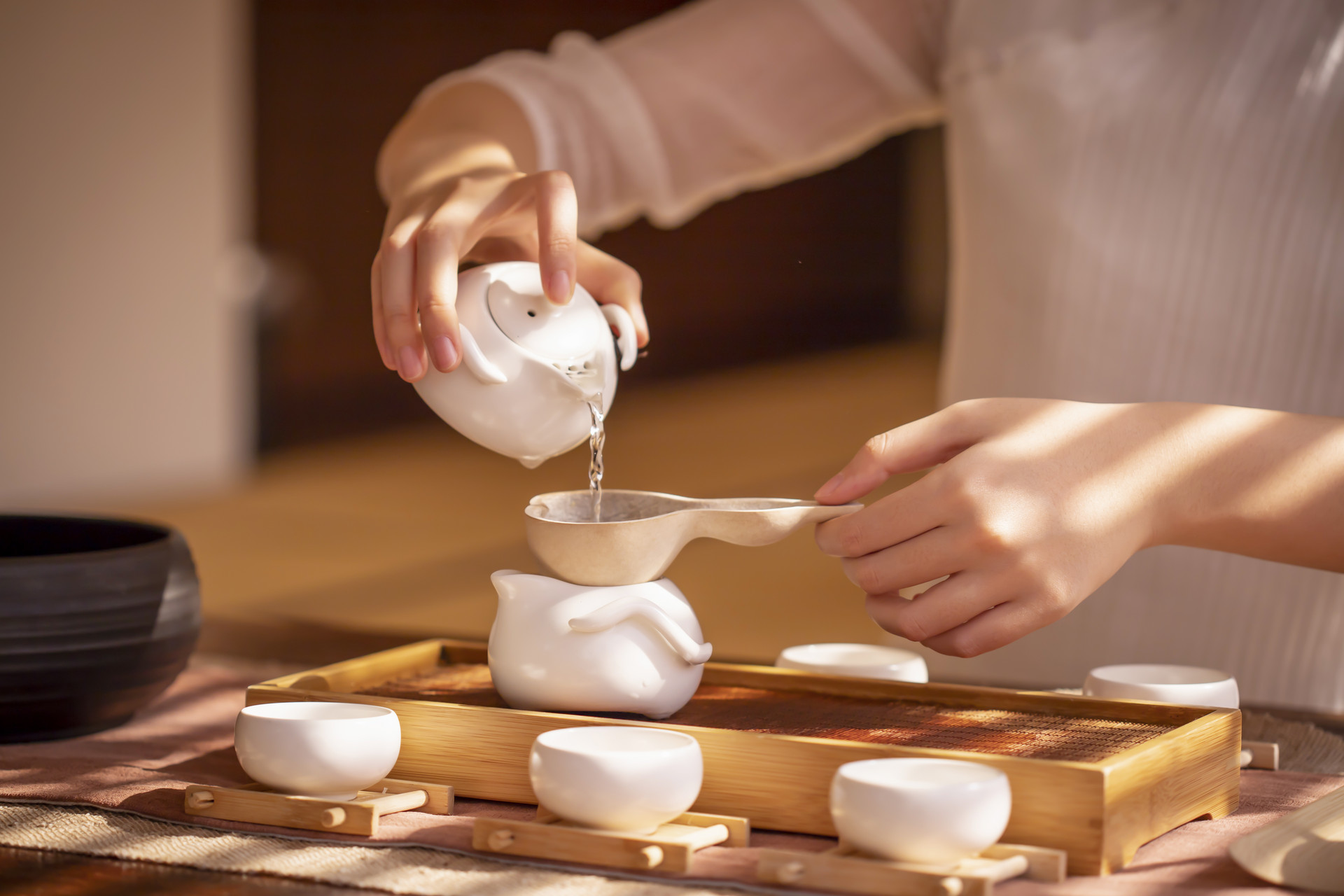
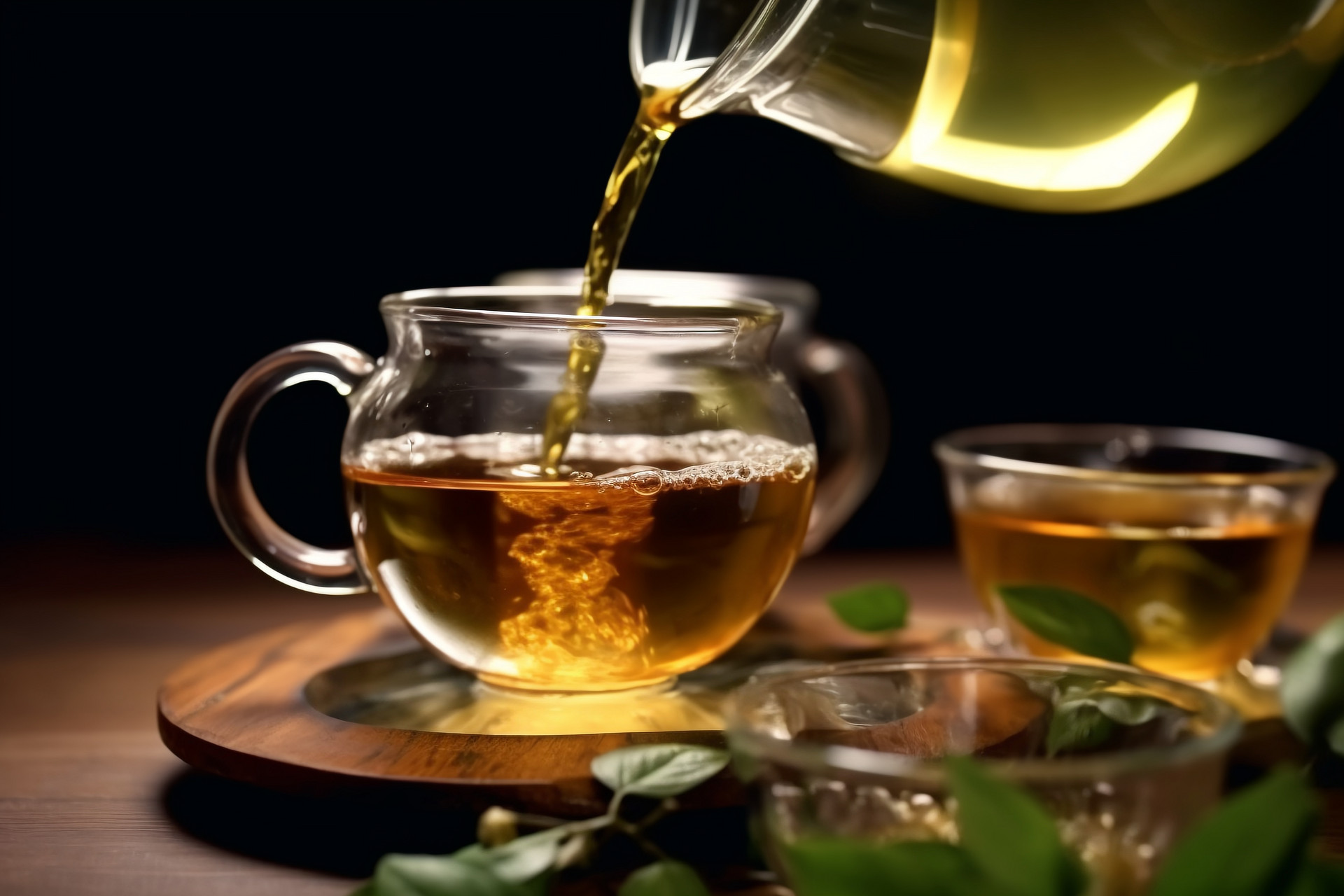

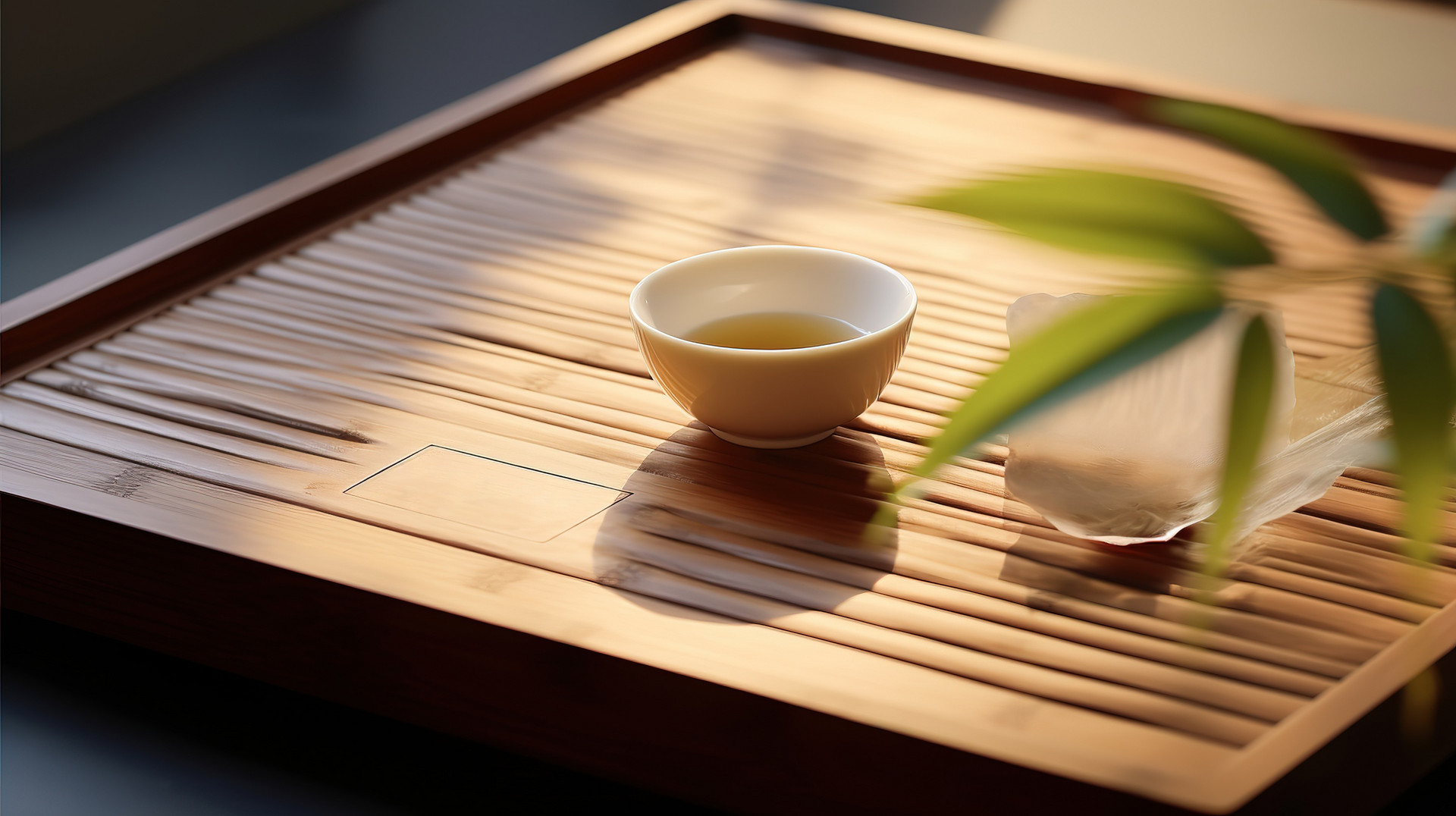
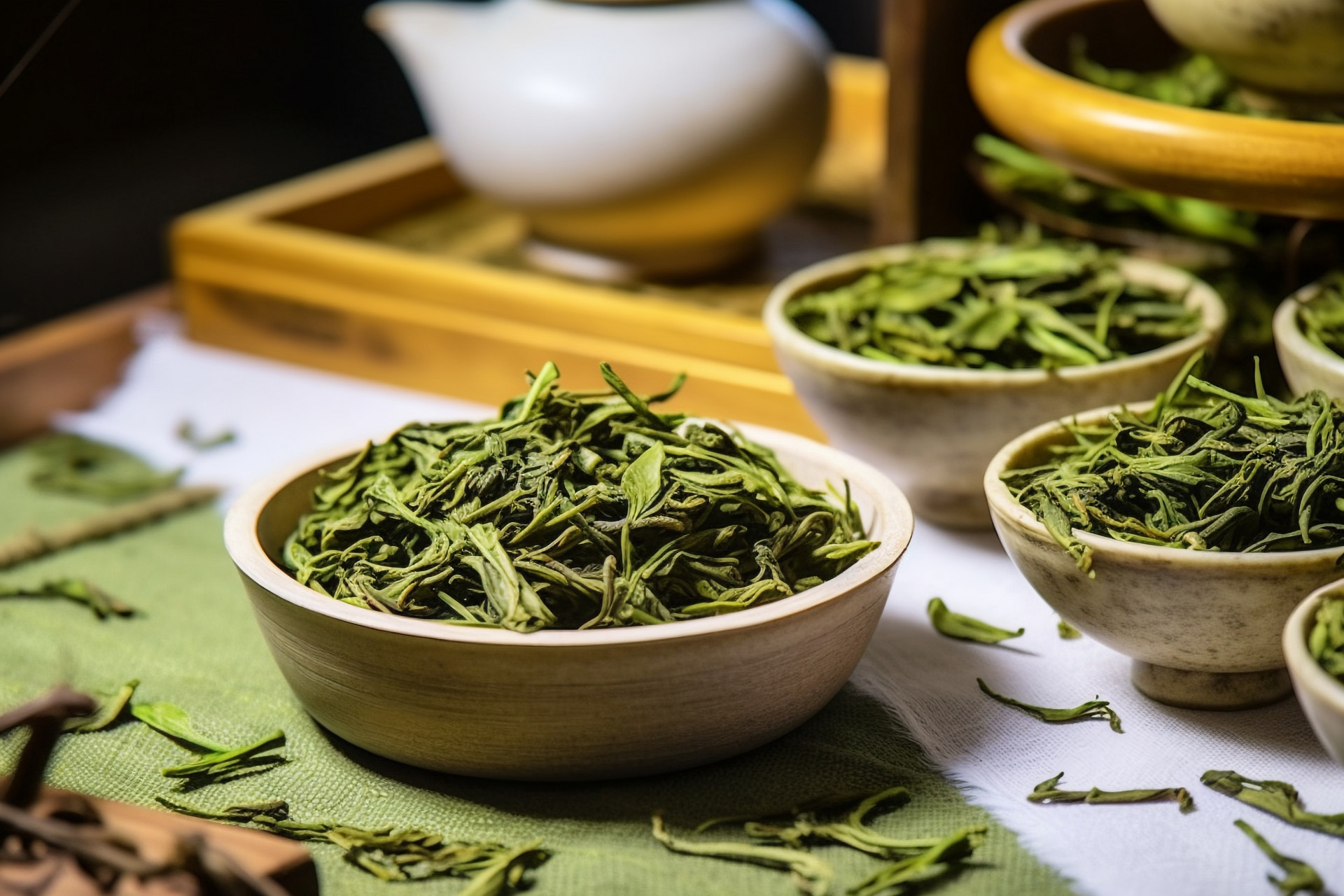
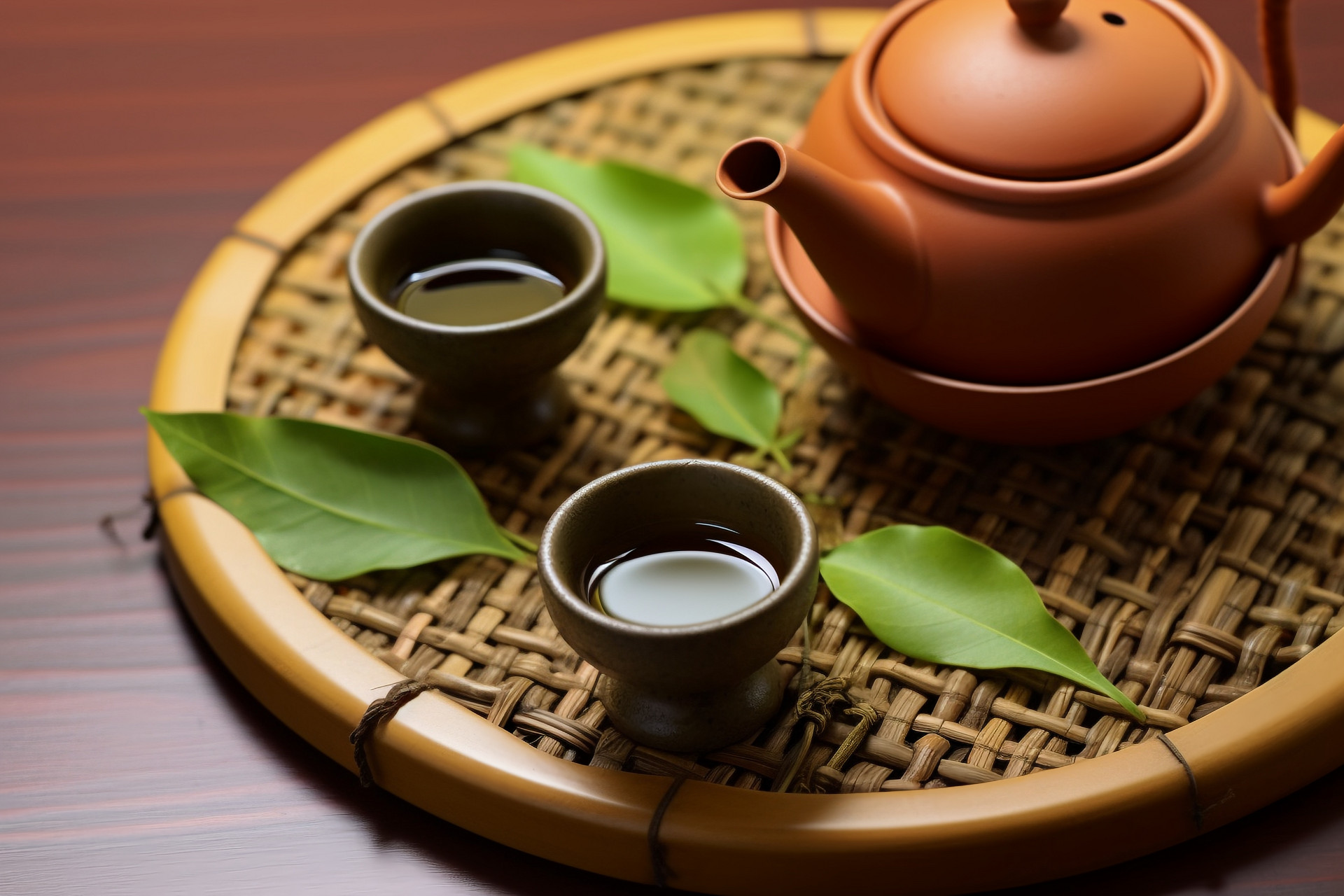
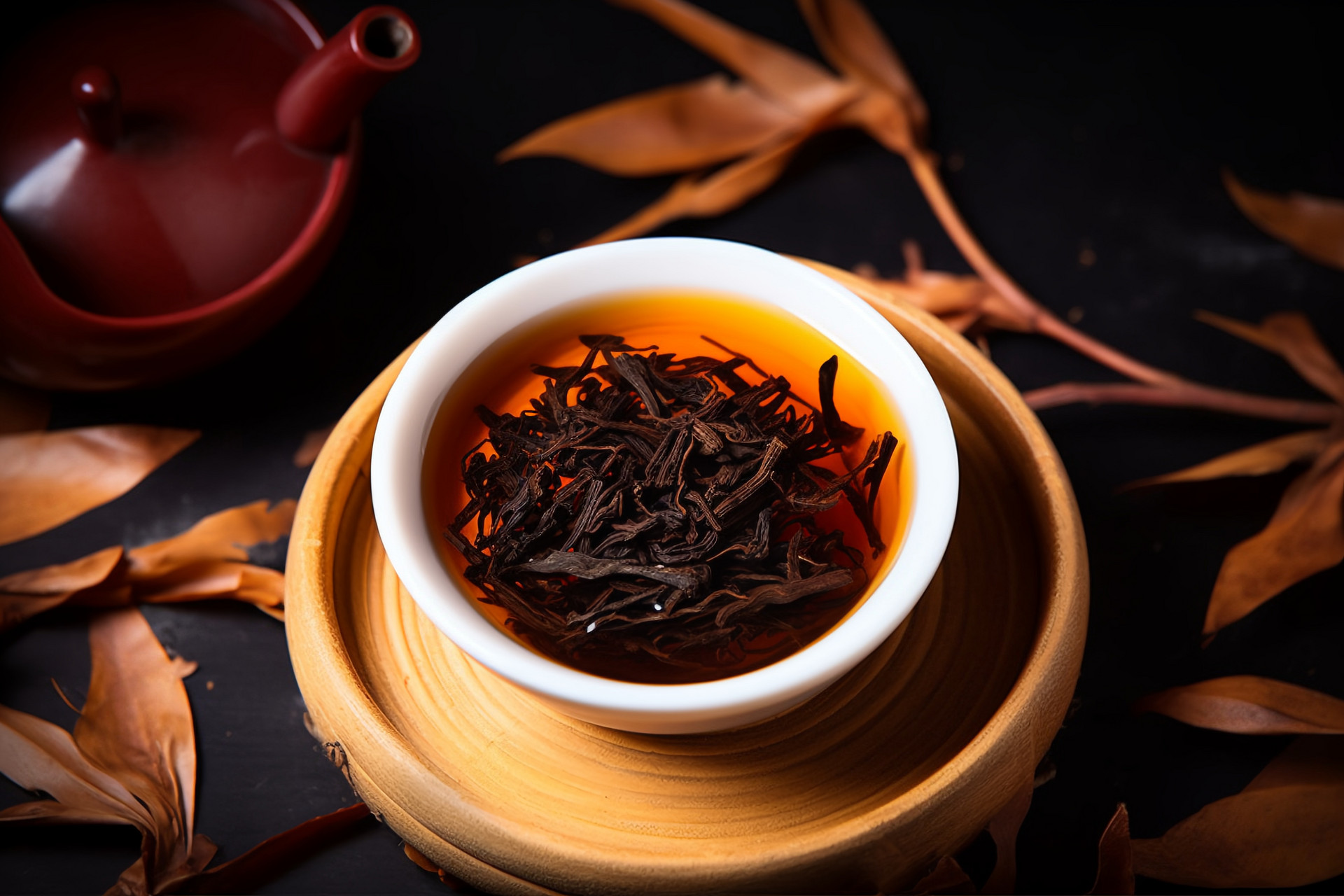
![[Herbal Wine Recipes for Health and Beauty]](https://tcmmaintenance.com/uploads/20240715/7241f6b6eafdaed88c28b26a37213964.jpg)